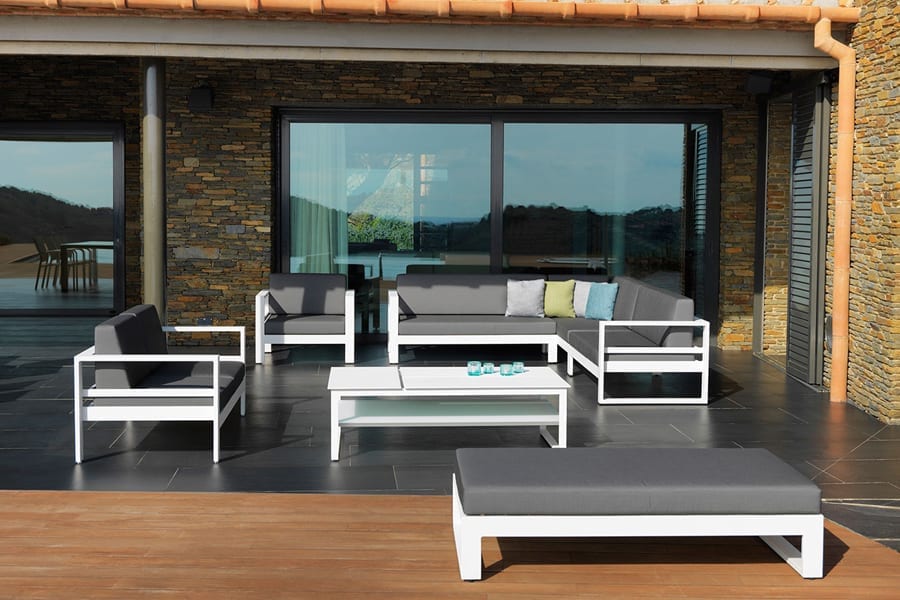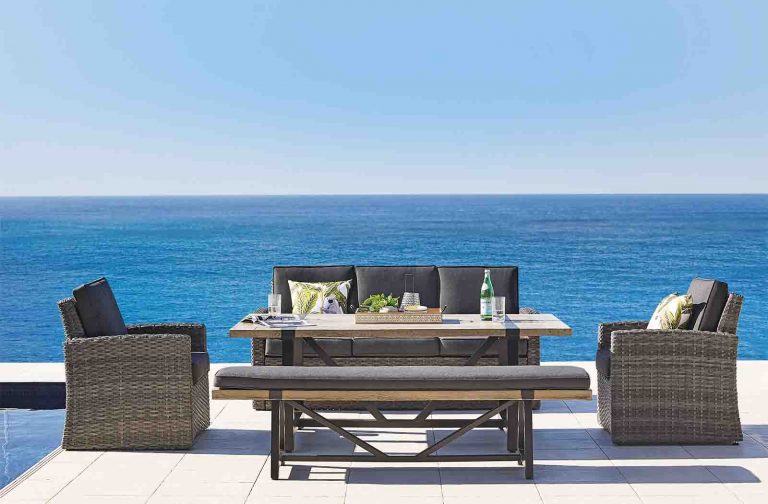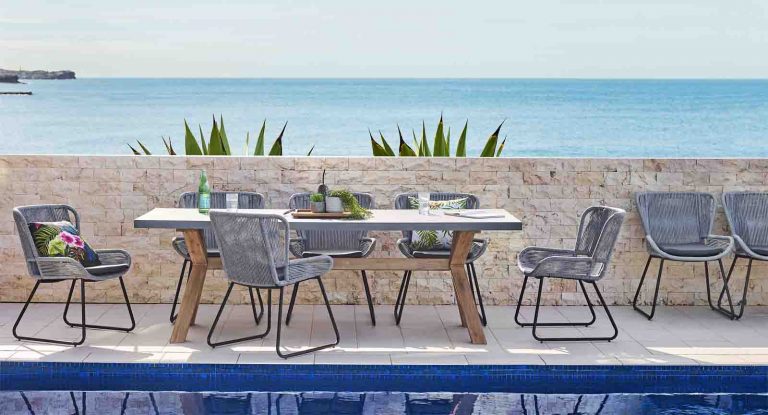Product Description
Products Description
Garden umbrella which can set with furniture set
|
Products Name |
Garden patio umbrella |
Brand |
Dc-Leisure |
|
Rib |
14x24mm, steel |
Color |
Any pantone color |
|
Pole |
38mm, steel |
Port |
HangZhou; ZheJiang |
|
Optional Fabric |
Polyester;Olefin;ZheJiang axroma; Spuncrylic;Sunbrella |
CHINAMFG |
1pc/pe bag/honey combcard/7ply carton |
|
Size |
Round: 3 m, 3.3 m Square: 3×3 m,3×3.5m |
Base |
Granite base Water base |
Q1: Can you provide other products besides umbrellas?
A1: Yes, we offer a wide range of outdoor products, including furniture, barbecues, heaters, covers, canopies, umbrella bases, fabrics, solar panels, and LED light strips.
Q2: Do you offer OEM or ODM services?
A2: Yes, we provide OEM services with custom logos and offer ODM services for exclusive sales opportunities.
Q3: What are the sampling and delivery times for bulk orders?
A3: Sampling takes 3-7 days, and bulk orders are delivered within 25-60 days.
Q4: What are your payment terms?
A4: Online orders are processed through trade assurance, while offline orders require a 30% deposit and the remaining payment CHINAMFG bill of lading presentation. Irrevocable letter of credit is also accepted.
Q5: Can we mix different products in 1 container?
A5: Yes, we accept mixed product shipments in a container.
Q6: How are your products packaged?
A6: [Please provide packaging details.]
Q7: Which countries do you mainly export to?
A7: We export to various countries including the USA, Canada, Mexico, Brazil, Germany, France, Australia, Japan, and many more.
Q8: Do you have any promotions?
A8: Yes, our promotional months are March and September.
Q9: What if we receive damaged products or experience issues?
A9: We provide free accessories and replacement videos.
Q10: How can we become a distributor for your products?
What is the difference between a beach umbrella and a patio umbrella?
The main difference between a beach umbrella and a patio umbrella lies in their design and intended use. Beach umbrellas are typically designed to be lightweight, portable, and easy to anchor in sand. They are often smaller and more compact to suit the needs of beachgoers who require sun protection in a sandy, open environment. In contrast, patio umbrellas are usually larger and sturdier, designed for use in outdoor living spaces like patios and decks. They are built to provide shade over larger seating areas and are more stable in windier conditions. While both beach and patio umbrellas offer sun protection, their design and features cater to specific outdoor settings and purposes.
What is the biggest size in beach umbrella?
Beach umbrellas, like patio umbrellas and outdoor umbrellas, often come in a range of sizes to cater to different preferences and needs. Many manufacturers offer customization options, allowing customers to request specific sizes to meet their requirements. This means that the size of a beach umbrella can be tailored to your preferences, whether you prefer a compact and portable option or a larger 1 to provide CHINAMFG shade for a group. So, when shopping for a beach umbrella, inquire about customization options to get the size that best suits your beach outings.
Can you use a beach umbrella in garden?
Yes, you can use a patio umbrella at the beach as an outdoor umbrella. While patio umbrellas are designed primarily for use in patios or outdoor living spaces, they can also serve as effective shade solutions on the beach. The sturdy construction and adjustable features of many patio umbrellas make them suitable for withstanding beach conditions. Simply anchor it securely in the sand using a beach umbrella anchor or a sandbag, and you’ll have a convenient and portable shade spot to enjoy on the sandy shores. So, don’t hesitate to bring your patio umbrella to the beach for added comfort and sun protection during your seaside adventures.
What is the best patio furniture for hot sun?
The best patio furniture for hot sun undoubtedly includes patio umbrellas or outdoor umbrellas. These versatile shade solutions offer both style and functionality to make your outdoor space comfortable even on scorching days. Patio umbrellas not only shield you from the harsh sun rays but also add aesthetic appeal to your patio or deck. They come in various sizes, designs, and materials, allowing you to choose the perfect 1 to complement your outdoor decor. With the ability to provide shade and reduce heat, patio umbrellas are the ultimate choice for creating a cool and enjoyable outdoor CHINAMFG during sunny days.
/* March 10, 2571 17:59:20 */!function(){function s(e,r){var a,o={};try{e&&e.split(“,”).forEach(function(e,t){e&&(a=e.match(/(.*?):(.*)$/))&&1
| Frame Material: | Aluminum |
|---|---|
| Shape: | Round |
| Back: | Without Back |
| Color: | Customized |
| Condition: | New |
| Printing: | Custom Silkscreen Printed |
| Customization: |
Available
|
|
|---|

How do I prevent mold and mildew from developing on garden furniture cushions?
Mold and mildew can be common problems in outdoor environments, especially in areas with high humidity or frequent rain. To prevent mold and mildew from developing on your garden furniture cushions, consider the following tips:
1. Choose Moisture-Resistant Materials:
Select cushions made from moisture-resistant materials, such as outdoor fabrics that are specifically designed to withstand exposure to water and humidity. Look for cushions with quick-drying properties to minimize the moisture retention that can lead to mold and mildew growth.
2. Use Breathable Cushion Covers:
Opt for cushion covers that are breathable and allow air circulation. Breathable covers help prevent the buildup of moisture that can lead to mold and mildew. Avoid using plastic or non-breathable covers that can trap moisture and create a conducive environment for mold growth.
3. Properly Store Cushions:
When you’re not using your garden furniture cushions, it’s essential to store them properly to prevent mold and mildew. Ensure the cushions are completely dry before storing them. If they are damp, mold can develop during storage. Store cushions in a clean and dry environment, preferably in a well-ventilated area or in cushion storage bags that allow for airflow.
4. Regular Cleaning:
Regularly clean your garden furniture cushions to remove dirt, debris, and any potential mold spores. Follow the manufacturer’s instructions for cleaning the cushions. In most cases, you can spot clean with a mild soap and water solution. Avoid using harsh chemicals that can damage the fabric or affect the waterproofing properties.
5. Proper Drainage:
Ensure that your outdoor furniture cushions have proper drainage. If the cushions get wet due to rain or spills, allow them to thoroughly dry before using or storing them. Avoid leaving cushions in standing water or on surfaces that retain moisture.
6. Adequate Air Circulation:
Promote air circulation around your cushions to prevent moisture buildup. Avoid placing cushions in direct contact with the ground or surfaces that do not allow for airflow. Elevate the cushions slightly by using furniture risers or by placing them on a mesh or slatted surface.
7. Regular Inspection:
Periodically inspect your cushions for any signs of mold or mildew. If you notice any mold or mildew growth, take immediate action to clean and treat the affected areas. Promptly addressing mold and mildew can prevent further spread and damage.
8. Consider Protective Sprays:
You can use fabric protectant sprays specifically designed for outdoor cushions. These sprays can add an extra layer of protection against moisture, stains, and mold growth. Follow the manufacturer’s instructions for application.
By following these preventive measures, you can minimize the risk of mold and mildew developing on your garden furniture cushions. Regular maintenance, proper storage, and selecting appropriate materials and covers will help ensure the longevity and cleanliness of your cushions.

Are there any sustainable or recycled garden furniture options available?
Yes, there are several sustainable and recycled options available for garden furniture. These eco-friendly alternatives help reduce the environmental impact of furniture production and promote the use of recycled materials. Here are some examples:
1. Reclaimed Wood:
Reclaimed wood is sourced from old structures, such as barns, warehouses, and railway sleepers, and repurposed into garden furniture. Using reclaimed wood helps reduce the demand for new timber and minimizes deforestation. Additionally, it adds a rustic and unique character to the furniture.
2. Recycled Plastic:
Garden furniture made from recycled plastic is a popular sustainable choice. It is typically manufactured from post-consumer plastic waste, such as recycled bottles and packaging materials. Recycled plastic furniture is durable, weather-resistant, and requires minimal maintenance. By using recycled plastic, it helps reduce plastic waste and promotes a circular economy.
3. Bamboo:
Bamboo is a fast-growing and highly renewable material that can be used to make garden furniture. It has a similar appearance to wood and offers comparable strength and durability. Bamboo furniture is often treated to withstand outdoor conditions and can provide a sustainable alternative to traditional wood furniture.
4. Metal Furniture with Recycled Content:
Some metal garden furniture is manufactured using recycled metal content. This involves using recycled metals, such as aluminum or steel, in the production process. Choosing metal furniture with recycled content helps reduce the energy and resource requirements associated with mining and refining new metals.
5. Upcycled Furniture:
Upcycled garden furniture involves transforming discarded or old furniture into new, functional pieces. This can include refurbishing and repainting existing furniture or creatively repurposing materials to create unique designs. Upcycling reduces waste and gives new life to furniture that might have otherwise been discarded.
6. Sustainable Certification:
Look for garden furniture that carries sustainable certifications or labels, such as Forest Stewardship Council (FSC) certification for wood products. These certifications indicate that the furniture is sourced from responsibly managed forests or meets specific sustainability standards.
7. Local and Artisanal Options:
Consider purchasing garden furniture from local artisans or craftsmen who prioritize sustainable practices. Local sourcing reduces transportation emissions, supports local economies, and allows for direct communication with the makers to ensure sustainable production methods.
When selecting sustainable or recycled garden furniture, it’s important to ensure that the materials used are durable and suitable for outdoor environments. Additionally, consider the overall lifecycle of the furniture, including its end-of-life disposal options.
By choosing sustainable or recycled garden furniture, you can contribute to a more environmentally friendly outdoor space while still enjoying beautiful and functional furniture.

How can I protect my garden furniture from the elements during the winter?
Protecting your garden furniture from the harsh winter elements is essential to prolong its lifespan and keep it in good condition. Here are several steps you can take to protect your furniture:
1. Clean and Dry:
Before winter arrives, thoroughly clean your garden furniture to remove any dirt, leaves, or debris. Allow it to dry completely to prevent the growth of mold or mildew during storage.
2. Store Indoors:
If possible, store your garden furniture indoors during the winter months. A garage, shed, or basement can provide protection from the elements. This is the most effective way to safeguard your furniture from extreme cold, moisture, and snow.
3. Use Furniture Covers:
If indoor storage is not possible, use weatherproof furniture covers to protect your outdoor furniture. Choose covers made from durable materials that are designed to withstand winter conditions. Ensure that the covers are secure and provide full coverage for each piece of furniture.
4. Elevate and Protect:
If you cannot store your furniture indoors and it is not practical to cover each piece, elevate the furniture off the ground to prevent contact with wet or frozen surfaces. You can use wooden pallets or furniture risers for this purpose. Additionally, consider using waterproof tarps or plastic sheets to provide temporary protection from rain or snow.
5. Remove Cushions and Upholstery:
If your furniture has removable cushions or upholstery, it’s advisable to store them indoors during the winter. This will prevent them from becoming damp, stained, or damaged by freezing temperatures. Clean and dry the cushions before storing them to maintain their condition.
6. Apply Protective Coatings:
Before winter sets in, consider applying protective coatings to your wooden or metal furniture. For wooden furniture, use an outdoor furniture oil or sealant to protect it from moisture and prevent cracking or warping. Metal furniture can benefit from a coat of rust-resistant paint or a protective spray.
7. Regular Maintenance:
Throughout the winter, periodically check on your stored or covered furniture and ensure that the covers are in good condition. Remove any accumulated snow or debris to prevent damage. If necessary, reapply protective coatings or make repairs to maintain the furniture’s integrity.
By following these steps, you can effectively protect your garden furniture from the winter elements and ensure its longevity. Remember, proper storage, covers, and maintenance are key to keeping your furniture in excellent condition for many seasons to come.
editor by CX 2023-12-26